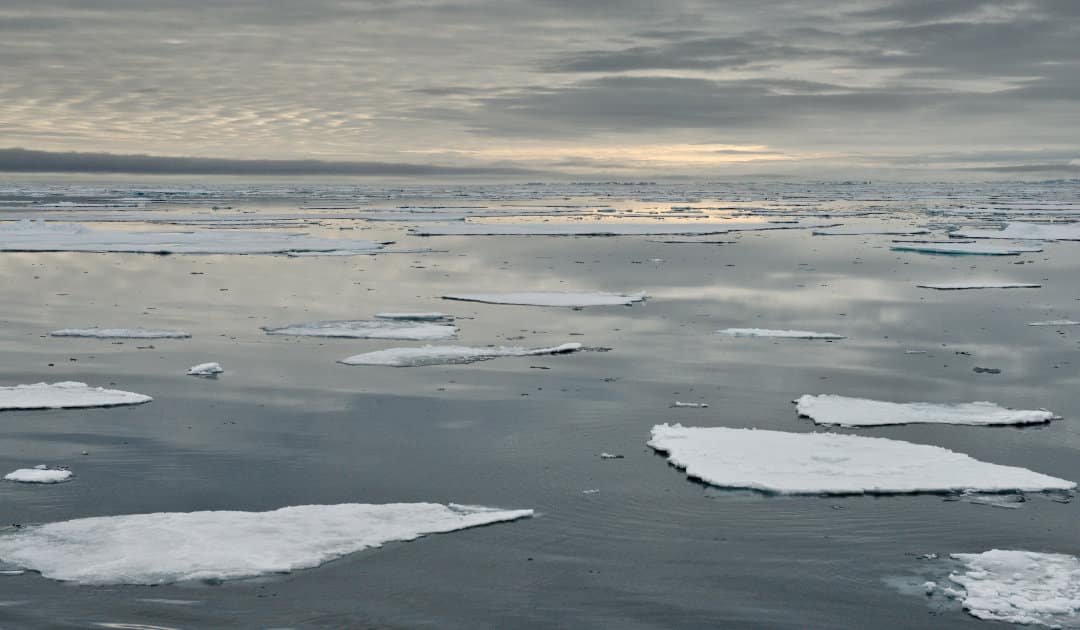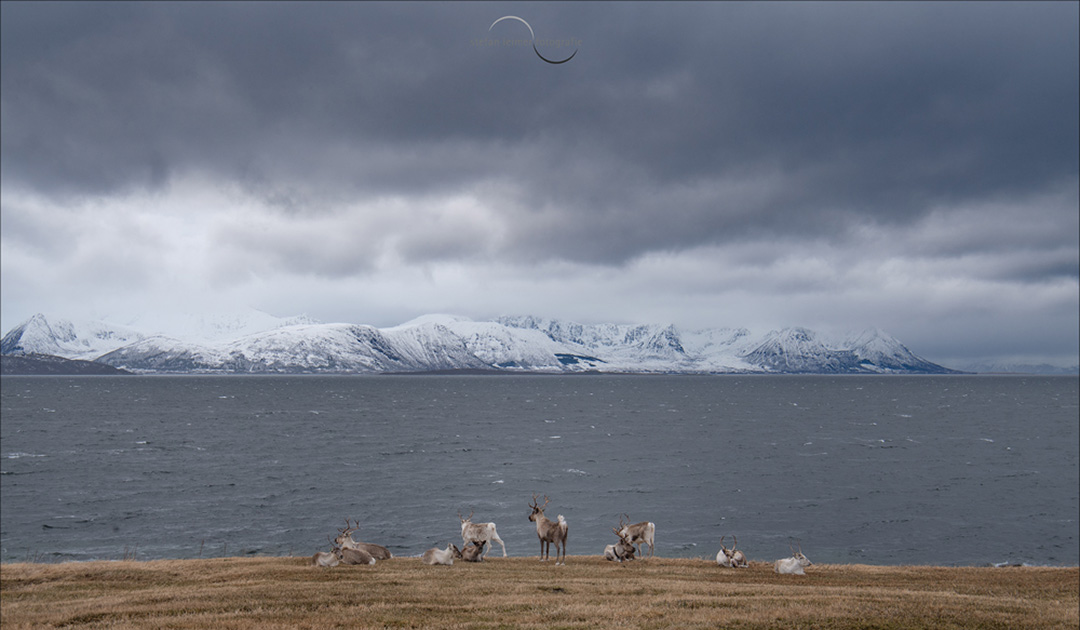
The Arctic is warming up faster and faster. Soon, there could be more rain than snow, says a recent study. And the changes are happening so rapidly that wildlife is unlikely to be able to adapt.
It has been known for some time that the Arctic warms up faster than any other region of the world. This is also confirmed by a report of the Arctic Council. According to the study, the polar region has warmed three times faster than the rest of the planet since 1971. Between 1971 and 2019, the average annual temperature in the Arctic rose by 3.1 degrees Celsius, compared to one degree Celsius for the Earth as a whole. The report was prepared by the Arctic Monitoring and Assessment Programme (Amap), a working group of the Arctic Council. In addition to Russia and the USA, Canada, Norway, Denmark, Sweden, Finland and Iceland are members of the intergovernmental body.

Due to global warming and the decline of sea ice, the ice is now only half as thick as it was 130 years ago, and its extent in summer is only half as great. Much earlier than previously suspected, it could rain more than snow for the first time in just a few decades. A team of researchers from Canada’s University of Manitoba and the U.S. National Snow and Ice Data Center expect these serious changes to come decades earlier than previously calculated.
Based on various climate data models, they assume that this change will be felt differently depending on the area of the Arctic and the time of year. But it could already be between 2050 and 2080 that it rains more than it snows in the fall, even though this change was not predicted until 2070 to 2090. Only if global warming can be slowed down could these changes in the Arctic perhaps be at least partially mitigated.

Wildlife may not be able to adapt because the changes will arrive too quickly, said Mark Serreze, director of the National Snow and Ice Data Center. “This is not only a problem for reindeer, caribou and muskoxen, but also for the people in the north who rely on them.”
Walruses are already losing their way in southern waters due to rising temperatures in the Arctic. One animal recently made headlines around the world: It was discovered on a military submarine in the Netherlands. Another walrus had been observed off the coast of France, Spain and Ireland.

The next few years will show whether the Arctic ice can be saved. The whole region is on the verge of a tipping point. If the summer sea ice disappears completely, this will have serious consequences for the Earth’s systems and further advance climate change.
When more than 30 degrees Celsius were measured in the Russian Arctic in May, Jörg Hartmann of the Alfred Wegener Institute pointed out that “What is special is that these temperatures are reached so early in the year. We’ve known for some time that the Arctic is warming stronger and faster than the mid-latitudes,” Hartmann said. “Records of this kind can be expected in the next few years.”
Temperatures in the Arctic could rise by 3.3 to 10 degrees Celsius by the end of the century compared to the average for the period between 1985 and 2014. The impact on the entire ecosystem is huge. The four million inhabitants of the region will increasingly feel the consequences of climate change.
Source: Spiegel.de, edited by Stefan Leimer





